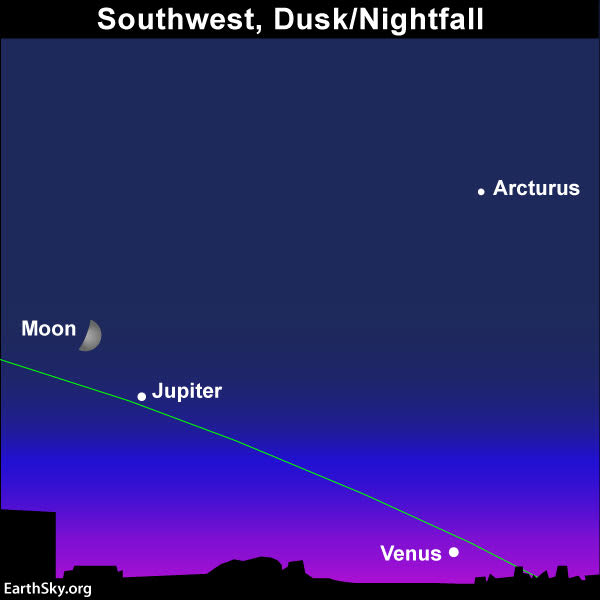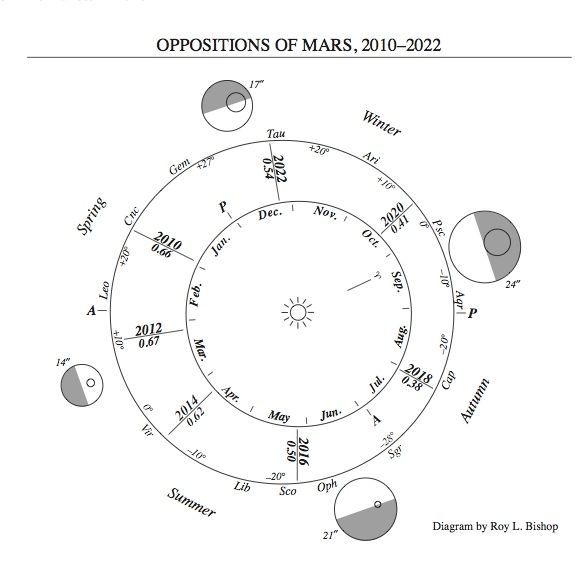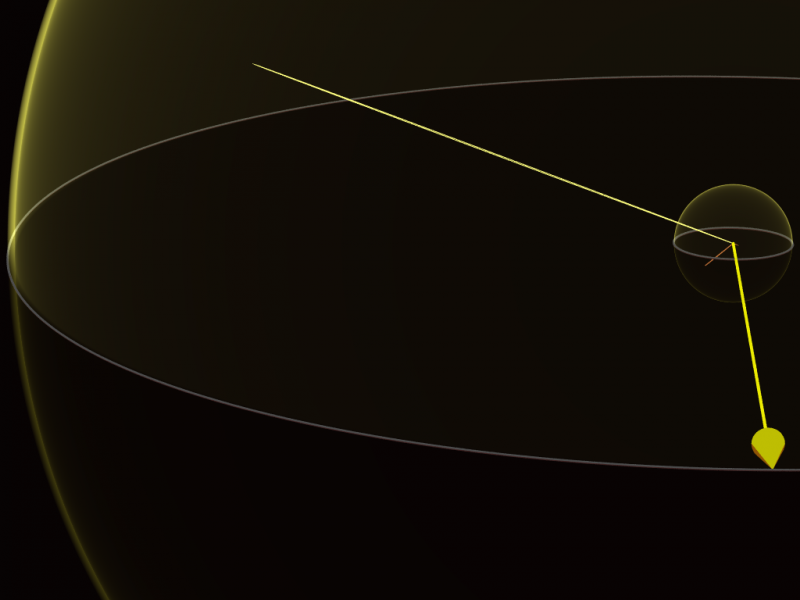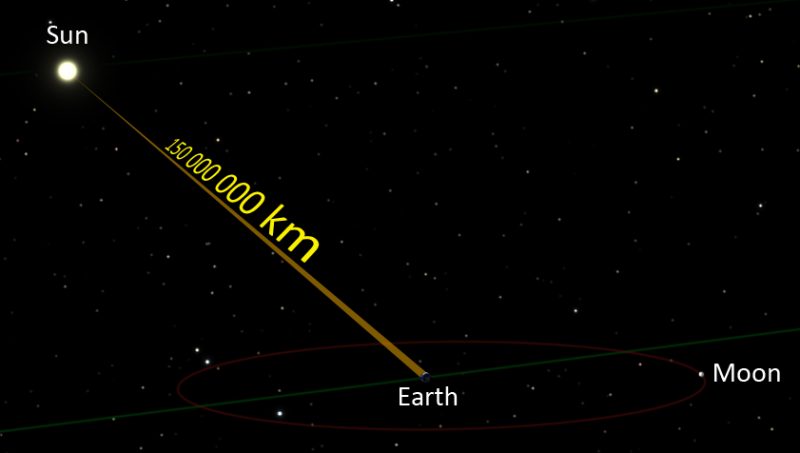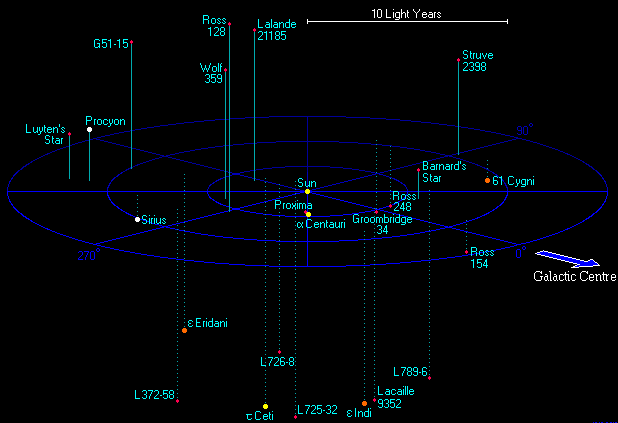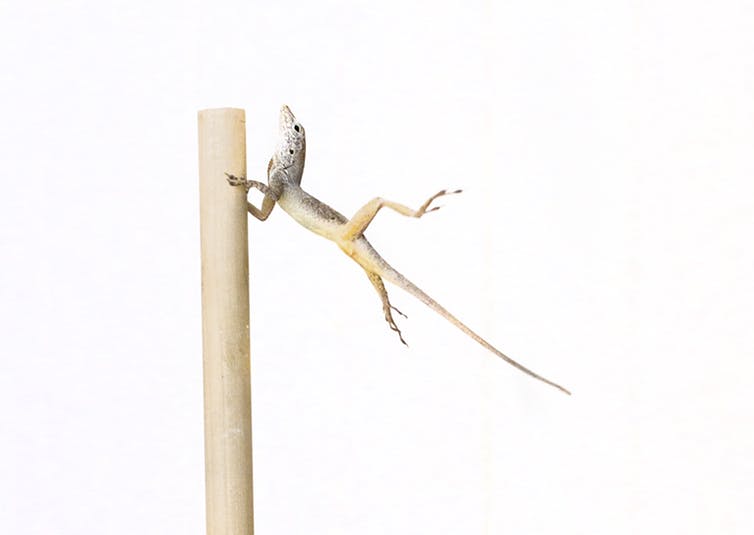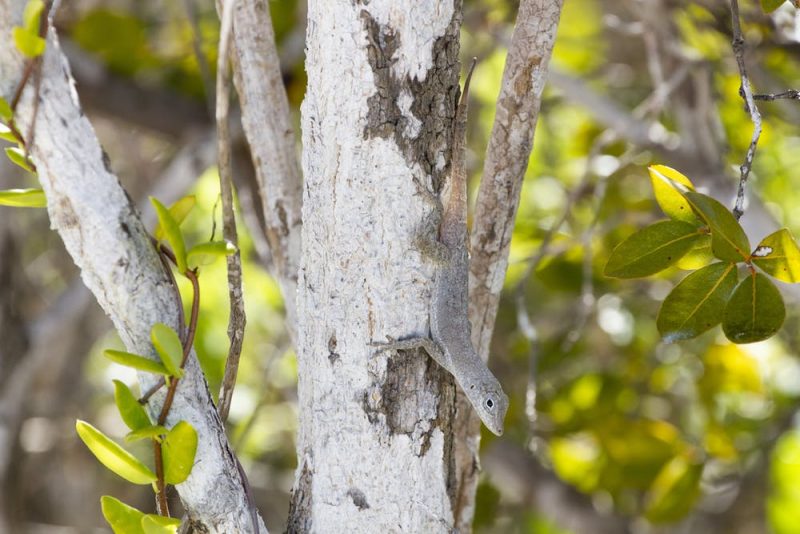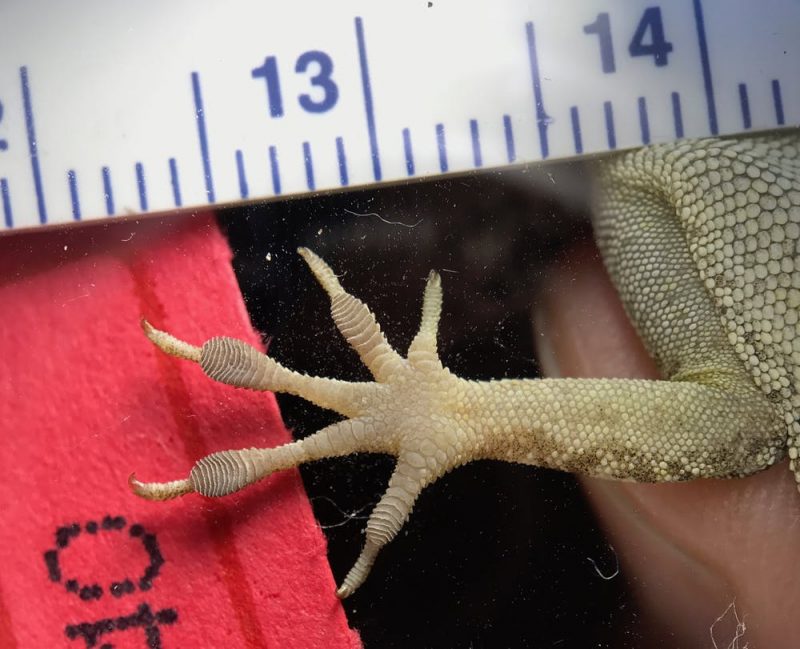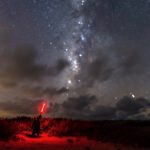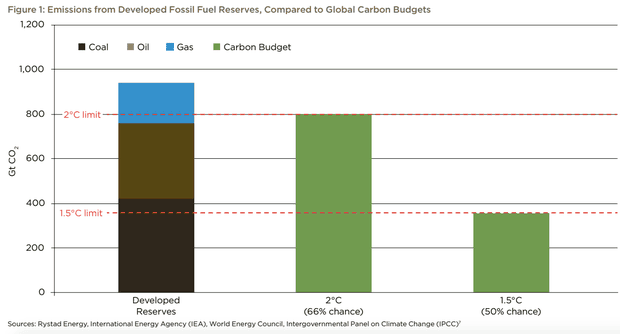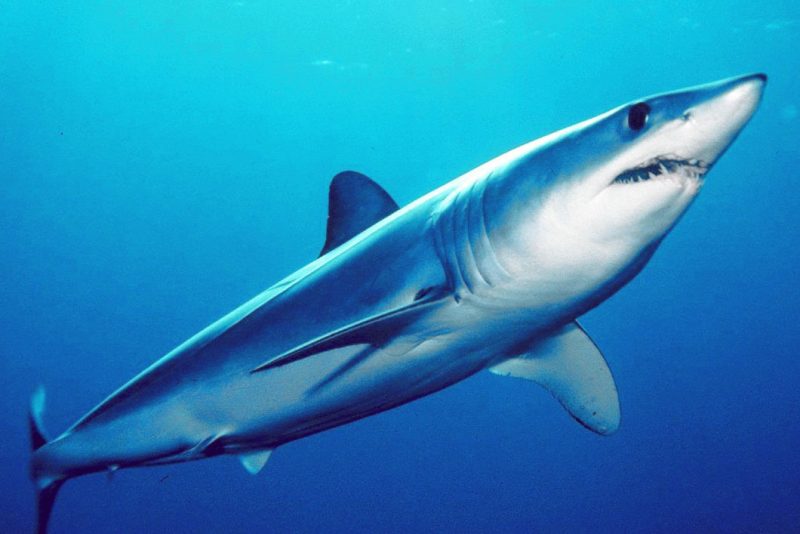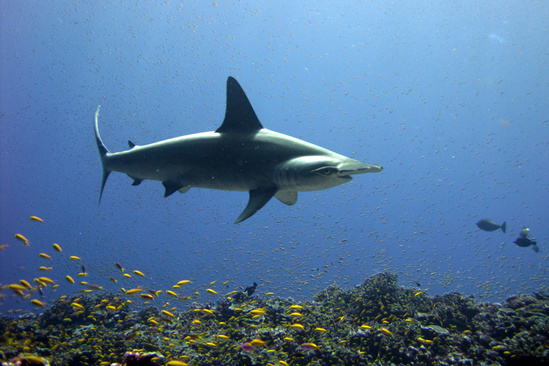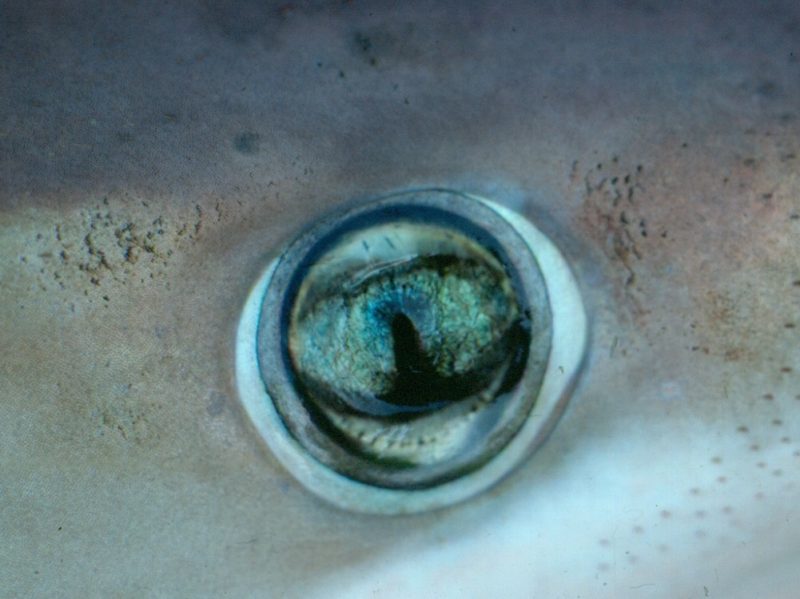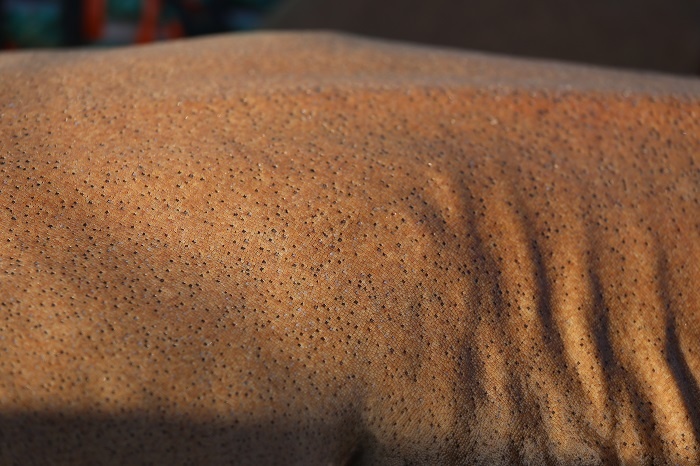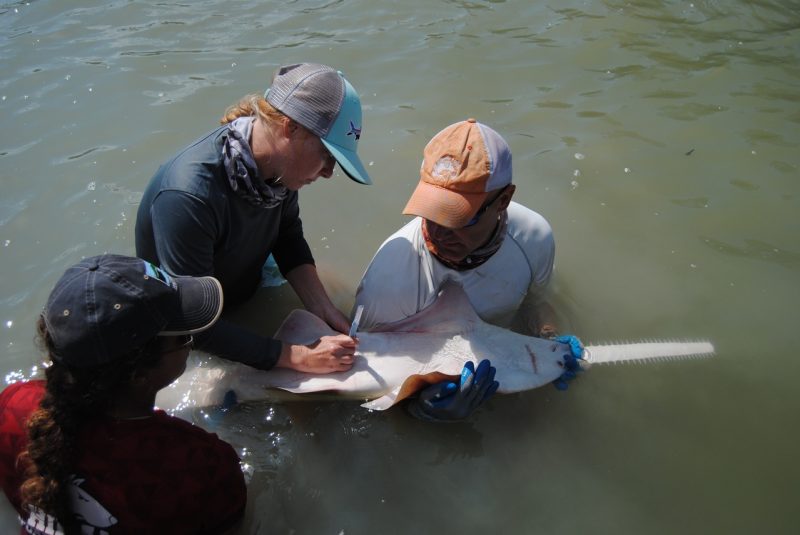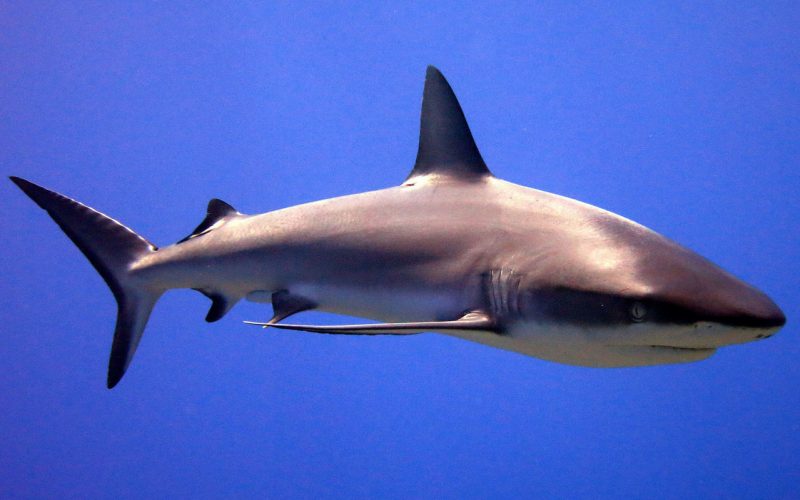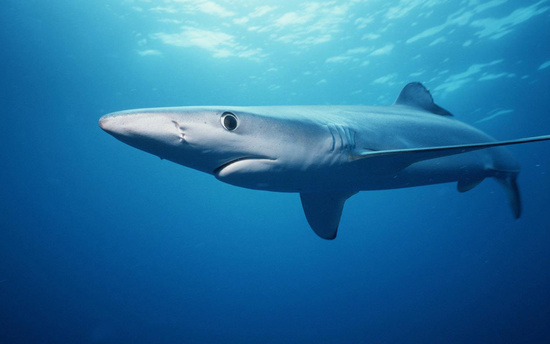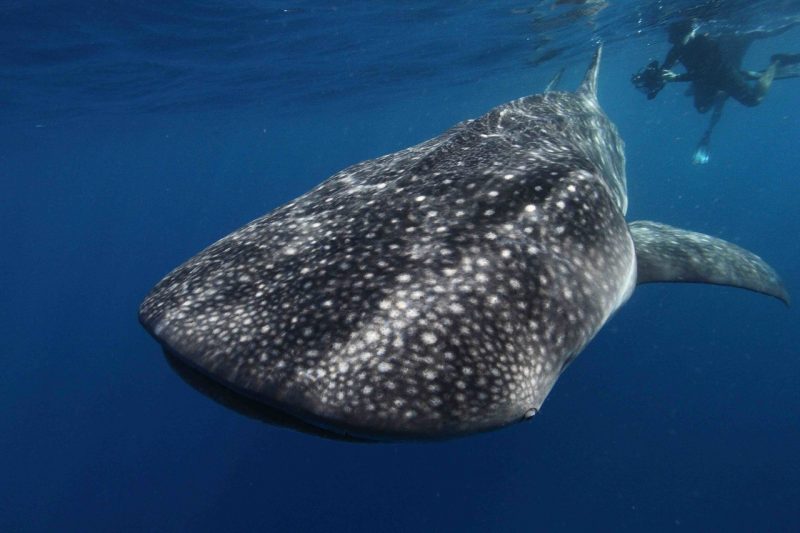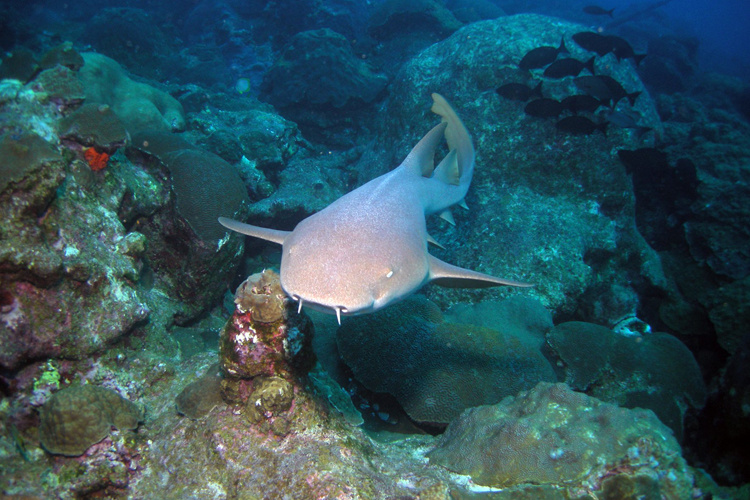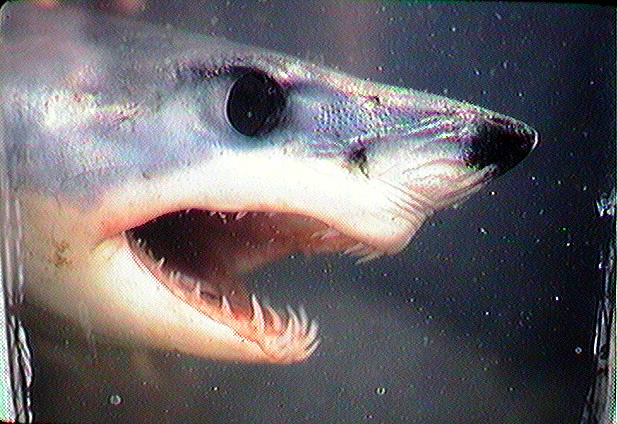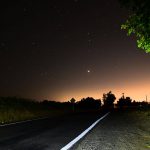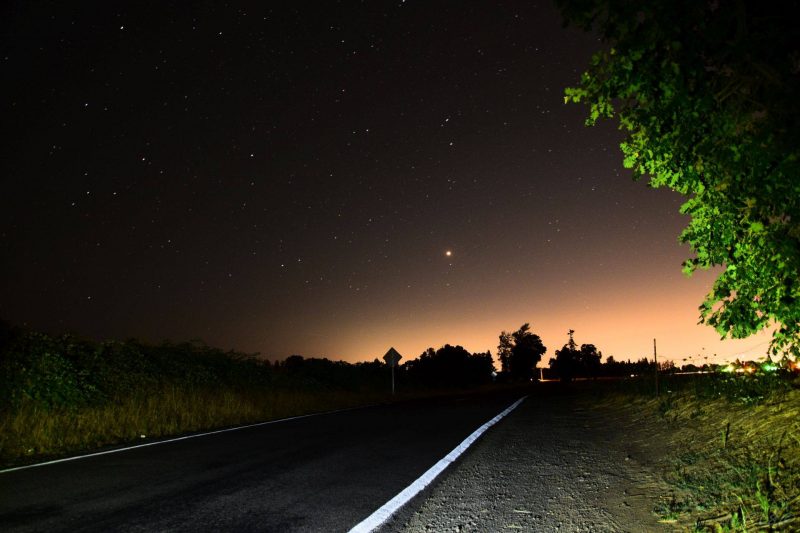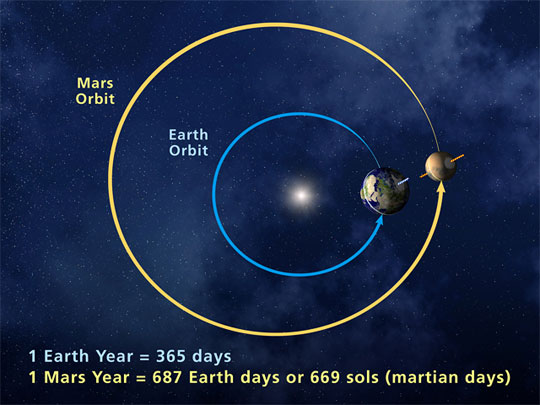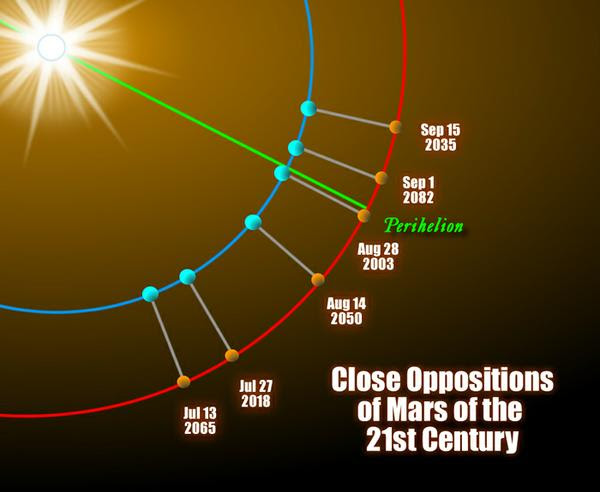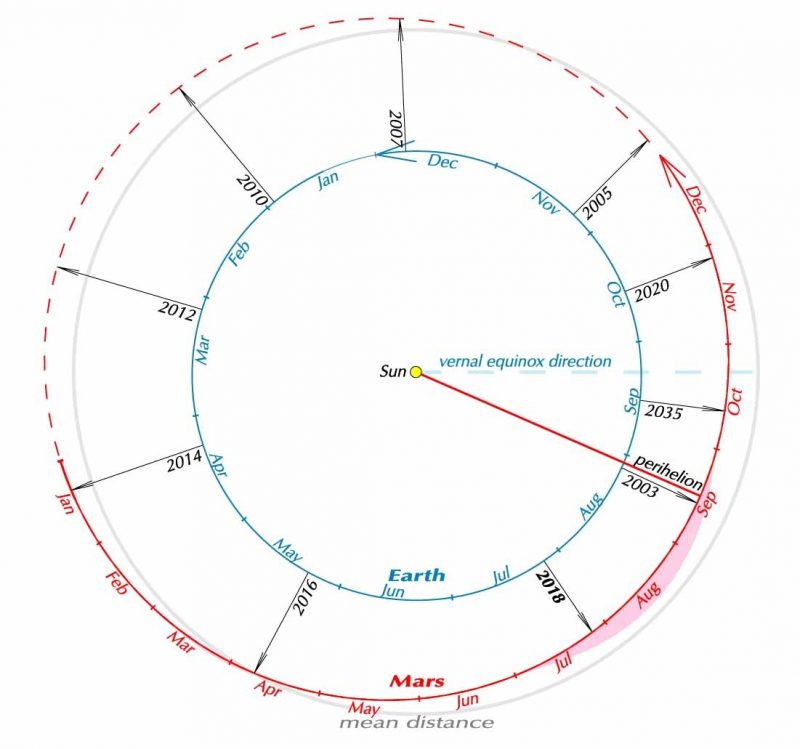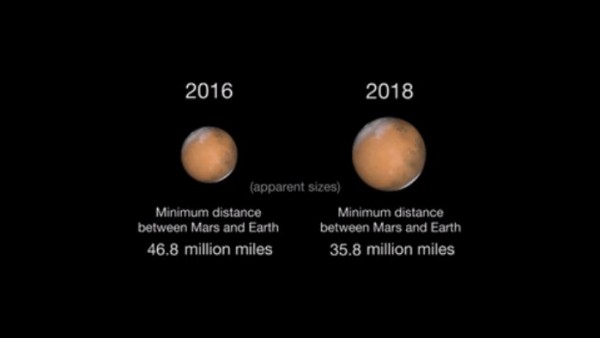
Brain tumours are hard to treat and survival remains stubbornly low. That’s why brain tumour research is one of our top priorities. In the second of a 3-part series, Parminder shares her treatment journey.
When I was first told I had a brain tumour I laughed. I just didn’t believe it. My dad was in the room and he told me to stop laughing and to take the doctor seriously. I couldn’t, I thought it just wasn’t possible.
I was 28 at the time and I used to wake up every day with a terrible headache, bizarre déjà vu and a weird metallic taste in my mouth. This happened for a few weeks. I thought it was something to do with my tooth fillings so I went to the dentist who recommended getting my wisdom teeth x-rayed.
So, I went to get an x-ray and I honestly don’t know what came over me, but I lied to the technician. I told her that I’d been getting headaches and that today it was so bad, I’d passed out and hit my head on the coffee table. It was a complete lie, but I just needed someone to understand me. She fetched a doctor and he was really good and listened to me, and arranged a CT scan for me the following morning.
My parents came with me and that’s when we were told: “I’m afraid it’s not good news.”
Why me?
At first I was in complete shock. And then I was angry and thought, ‘why me?’
After the doctors explained everything they moved very quickly. They didn’t know if what I had growing in my head was cancerous, but they knew it was a brain tumour and that they had to get it out as soon as possible.
The surgery lasted 8 hours, the longest 8 hours of my parents’ life.
I was shifted to Charing Cross Hospital where I was put on steroids and anti-seizure medication. It turned out that the funny metal taste in my mouth was a symptom of seizures I’d been having, which also gave me déjà vu.
The steroids made me so hungry. My mum was having to go to the supermarket every other day for me, I couldn’t stop eating! I had surgery a few weeks later. It lasted 8 hours, the longest 8 hours of my parents’ life. They removed 70% of the tumour and sent it off to be analysed. I was in hospital for 10 days and felt down that I was stuck in there.
It was about 2 weeks before I received the letter telling me come to back to hospital to discuss my results. As soon as I saw the word ‘oncology’ on the letter I knew it was cancer. They told me I had a grade 3 astrocytoma. It had been growing in my head for a whole year.
Milkshakes and hot dogs
It was the end of 2011 when I was diagnosed. But because it was Christmas, I was told that I’d start further treatment in the new year. I needed 6 weeks of radiotherapy and chemotherapy and couldn’t have any breaks.
The chemotherapy was the hardest treatment. I had to take anti-sickness drugs followed by 5 tablets of temozolomide every morning on an empty stomach. I was told that they’re very toxic and not to touch them, so I had to pop them into the lid of the bottle and then in my mouth.
I just used to close my eyes and try to imagine that I was on a tropical island.
The first time I took the chemotherapy I felt fine. I got home and was starving so I made burritos and shovelled at least 2 or 3 down! I couldn’t understand why people complained about sickness. But I spoke too soon. 20 minutes later I was throwing everything back up. The anti-sickness drugs did eventually work but they’re not the best; I still felt nauseous the entire time.
I also had a bad allergic reaction to the temozolomide. My face was covered in a rash and I was rushed into hospital where they gave me antihistamines on a drip, which quickly got it under control. The chemotherapy makes you want to sleep all the time. I also couldn’t really eat much, I couldn’t stand the sight of food. Milkshakes and hot dogs were pretty much the only thing I could stomach.
The radiotherapy I had alongside my chemotherapy was at Charing Cross Hospital. I had to have a mask that was made specially for me. It would take anywhere between half an hour and an hour and 40 minutes. It wasn’t that bad at all. I just used to close my eyes and try to imagine that I was on a tropical island. It didn’t affect my hair too much except for on my right side where the beam went in, where I don’t have any hair. But I hide that well.
An unexpected effect
After the 6 weeks of treatment I had another scan, and they saw that there was still some of the tumour left. So, I had another 3 months of chemotherapy, but this time it was 1 week on 3 weeks off. I had another scan and my doctor said there was no evidence of disease. I jumped for joy and nearly knocked the poor woman off her chair!
After that I had a scan every 3 months, which went down to every 6 months and then once a year.
During check-ups I was shocked to find out that the steroids had affected my right hip. I have something called avascular necrosis, where there’s no good supply of blood to the hip bone. It repairs itself but it gets weak, and last year I was told that because I’m so active, I’ve got about 5 years before I might need a hip replacement. It also means that I can’t have a natural birth if I was to have a child, I’d need a C-section.
That was all a total surprise for me. I knew all about the hunger and the bloated face from the steroids, but no one told me that this could be a side effect.
Déjà vu, again
It was 2012 when I got the all clear. But, unfortunately, at the beginning of this year I started getting headaches, déjà vu and the funny taste again. So, I had another scan, which showed that it had come back.
I never usually cry but I burst into tears. Then I pulled myself together and asked, “how are we going to fix it this time then?” I was straight in for surgery. They told me that because it was caught early and it was safe to do so, this time the surgeon could remove all of the tumour.
I’m not the kind of person who sits around feeling sorry for myself.
The second time the surgery was much harder for me, but I was still back in work after about 2 weeks. I’m not the kind of person who sits around feeling sorry for myself. But the doctors found 2 more little spots of brain tumour that they can’t get to through surgery, so I need another round of chemotherapy.
I’m still going to carry on working but the weeks I have the chemotherapy I’m going to work from home, so I can have a sleep when I need to. My work has been so understanding, and my colleagues all think I’m Superwoman to come back into work so quickly!
Life’s too short

Parminder had temozolomide for her brain tumour – a drug our scientists developed.
The main thing that’s helped me through everything is the support of my family and friends. It’s something to live for, and keeps me going. I need to fight this for their sake.
Having been sick the first time and now having to go through it again, I’ve realised that life is way too short and you should just have fun. I’ve got a bucket list; I want to go on safari in Africa, shark diving in Cape Town and see the northern lights. I’ve beaten it once, so I’m going to do it again.
There’s no way I’m going to let the cancer win. I’ve got too much to do.
If you’ve been affected by cancer and would like to speak to someone, you can call our nurses on freephone 0808 800 4040, 9am until 5pm Monday to Friday. Alternatively, you can join our friendly and supportive discussion forum, Cancer Chat.
from Cancer Research UK – Science blog https://ift.tt/2Kgd6o6

Brain tumours are hard to treat and survival remains stubbornly low. That’s why brain tumour research is one of our top priorities. In the second of a 3-part series, Parminder shares her treatment journey.
When I was first told I had a brain tumour I laughed. I just didn’t believe it. My dad was in the room and he told me to stop laughing and to take the doctor seriously. I couldn’t, I thought it just wasn’t possible.
I was 28 at the time and I used to wake up every day with a terrible headache, bizarre déjà vu and a weird metallic taste in my mouth. This happened for a few weeks. I thought it was something to do with my tooth fillings so I went to the dentist who recommended getting my wisdom teeth x-rayed.
So, I went to get an x-ray and I honestly don’t know what came over me, but I lied to the technician. I told her that I’d been getting headaches and that today it was so bad, I’d passed out and hit my head on the coffee table. It was a complete lie, but I just needed someone to understand me. She fetched a doctor and he was really good and listened to me, and arranged a CT scan for me the following morning.
My parents came with me and that’s when we were told: “I’m afraid it’s not good news.”
Why me?
At first I was in complete shock. And then I was angry and thought, ‘why me?’
After the doctors explained everything they moved very quickly. They didn’t know if what I had growing in my head was cancerous, but they knew it was a brain tumour and that they had to get it out as soon as possible.
The surgery lasted 8 hours, the longest 8 hours of my parents’ life.
I was shifted to Charing Cross Hospital where I was put on steroids and anti-seizure medication. It turned out that the funny metal taste in my mouth was a symptom of seizures I’d been having, which also gave me déjà vu.
The steroids made me so hungry. My mum was having to go to the supermarket every other day for me, I couldn’t stop eating! I had surgery a few weeks later. It lasted 8 hours, the longest 8 hours of my parents’ life. They removed 70% of the tumour and sent it off to be analysed. I was in hospital for 10 days and felt down that I was stuck in there.
It was about 2 weeks before I received the letter telling me come to back to hospital to discuss my results. As soon as I saw the word ‘oncology’ on the letter I knew it was cancer. They told me I had a grade 3 astrocytoma. It had been growing in my head for a whole year.
Milkshakes and hot dogs
It was the end of 2011 when I was diagnosed. But because it was Christmas, I was told that I’d start further treatment in the new year. I needed 6 weeks of radiotherapy and chemotherapy and couldn’t have any breaks.
The chemotherapy was the hardest treatment. I had to take anti-sickness drugs followed by 5 tablets of temozolomide every morning on an empty stomach. I was told that they’re very toxic and not to touch them, so I had to pop them into the lid of the bottle and then in my mouth.
I just used to close my eyes and try to imagine that I was on a tropical island.
The first time I took the chemotherapy I felt fine. I got home and was starving so I made burritos and shovelled at least 2 or 3 down! I couldn’t understand why people complained about sickness. But I spoke too soon. 20 minutes later I was throwing everything back up. The anti-sickness drugs did eventually work but they’re not the best; I still felt nauseous the entire time.
I also had a bad allergic reaction to the temozolomide. My face was covered in a rash and I was rushed into hospital where they gave me antihistamines on a drip, which quickly got it under control. The chemotherapy makes you want to sleep all the time. I also couldn’t really eat much, I couldn’t stand the sight of food. Milkshakes and hot dogs were pretty much the only thing I could stomach.
The radiotherapy I had alongside my chemotherapy was at Charing Cross Hospital. I had to have a mask that was made specially for me. It would take anywhere between half an hour and an hour and 40 minutes. It wasn’t that bad at all. I just used to close my eyes and try to imagine that I was on a tropical island. It didn’t affect my hair too much except for on my right side where the beam went in, where I don’t have any hair. But I hide that well.
An unexpected effect
After the 6 weeks of treatment I had another scan, and they saw that there was still some of the tumour left. So, I had another 3 months of chemotherapy, but this time it was 1 week on 3 weeks off. I had another scan and my doctor said there was no evidence of disease. I jumped for joy and nearly knocked the poor woman off her chair!
After that I had a scan every 3 months, which went down to every 6 months and then once a year.
During check-ups I was shocked to find out that the steroids had affected my right hip. I have something called avascular necrosis, where there’s no good supply of blood to the hip bone. It repairs itself but it gets weak, and last year I was told that because I’m so active, I’ve got about 5 years before I might need a hip replacement. It also means that I can’t have a natural birth if I was to have a child, I’d need a C-section.
That was all a total surprise for me. I knew all about the hunger and the bloated face from the steroids, but no one told me that this could be a side effect.
Déjà vu, again
It was 2012 when I got the all clear. But, unfortunately, at the beginning of this year I started getting headaches, déjà vu and the funny taste again. So, I had another scan, which showed that it had come back.
I never usually cry but I burst into tears. Then I pulled myself together and asked, “how are we going to fix it this time then?” I was straight in for surgery. They told me that because it was caught early and it was safe to do so, this time the surgeon could remove all of the tumour.
I’m not the kind of person who sits around feeling sorry for myself.
The second time the surgery was much harder for me, but I was still back in work after about 2 weeks. I’m not the kind of person who sits around feeling sorry for myself. But the doctors found 2 more little spots of brain tumour that they can’t get to through surgery, so I need another round of chemotherapy.
I’m still going to carry on working but the weeks I have the chemotherapy I’m going to work from home, so I can have a sleep when I need to. My work has been so understanding, and my colleagues all think I’m Superwoman to come back into work so quickly!
Life’s too short

Parminder had temozolomide for her brain tumour – a drug our scientists developed.
The main thing that’s helped me through everything is the support of my family and friends. It’s something to live for, and keeps me going. I need to fight this for their sake.
Having been sick the first time and now having to go through it again, I’ve realised that life is way too short and you should just have fun. I’ve got a bucket list; I want to go on safari in Africa, shark diving in Cape Town and see the northern lights. I’ve beaten it once, so I’m going to do it again.
There’s no way I’m going to let the cancer win. I’ve got too much to do.
If you’ve been affected by cancer and would like to speak to someone, you can call our nurses on freephone 0808 800 4040, 9am until 5pm Monday to Friday. Alternatively, you can join our friendly and supportive discussion forum, Cancer Chat.
from Cancer Research UK – Science blog https://ift.tt/2Kgd6o6




